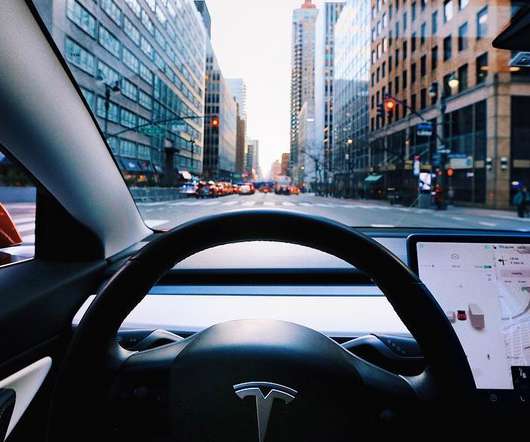USDA: $210M to be invested in renewable fuel pump infrastructure through the Biofuel Infrastructure Partnership
Green Car Congress
OCTOBER 29, 2015
The US Department of Agriculture (USDA) is partnering with 21 states through the Biofuel Infrastructure Partnership (BIP) nearly to double the number of fueling pumps nationwide that supply renewable fuels to American motorists. USDA received applications requesting more than $130 million, outpacing the $100 million that is available.












Let's personalize your content